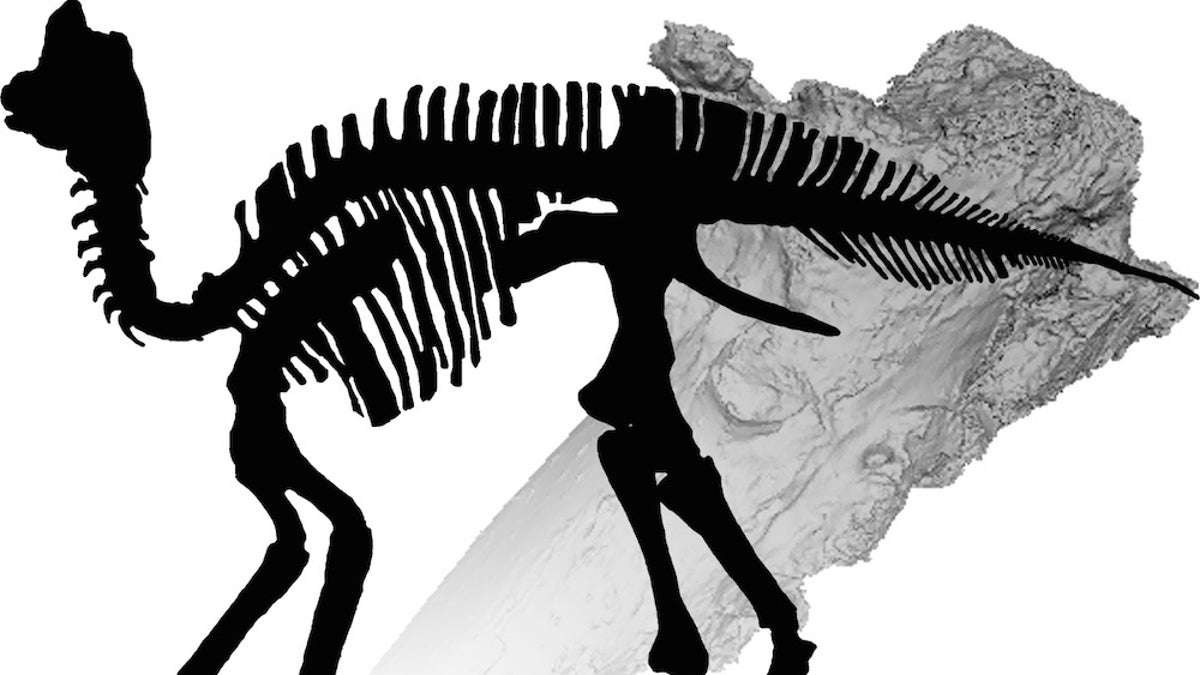
A duck billed dinosaur specimen discovered in New Jersey had septic arthritis in its elbow. (Anné, J. et al.)
Arthritis is far from just a modern malady, said scientists who discovered the condition in the elbow of a 70-million-year-old duck-billed dinosaur.
The finding is the oldest recorded case of septic arthritis — a condition in which a joint becomes inflamed, often from bacteria or fungus — the researchers said.
"Our [duck-billed dinosaur] seems to have been afflicted with septic arthritis, which completely destroyed the elbow joint," said study lead researcher Jennifer Anné, a recent doctoral graduate from the School of Earth and Environmental Sciences at the University of Manchester in England. "There are signs of both bone destruction and excess bone growth that resulted in [a] possible fusion of the elbow. [Photos: Duck-Billed Dinosaurs Found in Alaska]
David Paris, a curator at the New Jersey State Museum, found the fossilized specimen in New Jersey a number of years ago, but he didn't have the tools needed to sufficiently study the fossil because it was fragile and full of pyrite (fool's gold), Anné said.
However, once Anné and her colleagues got access to a micro computed tomography (micro-CT) scanner, they decided to move forward and study the fossil. A micro-CT scanner uses X-rays that are more powerful than those used in CT scanners found in hospitals, providing higher-resolution images, Anné said.
Related:
"The X-rays are much more powerful, so they can punch through the dense fossil," she told Live Science in an email. "Medical CTs don't want to be that powerful, or they would cause damage to the patient. [But] fortunately, our patient [was] already dead."
The detailed micro-CT images helped the researchers diagnose the duck-billed dinosaur (or hadrosaur) with a bad case of septic arthritis. The condition likely gave the dinosaur a limp, and could have "possibly been severe enough for the animal to not use that arm at all," Anné said.
The hadrosaur was hardly alone in its misery. Septic arthritis also affects humans, as well as the living relatives of dinosaurs: crocodiles and birds, Anné said.
"I think it's a bit humbling to realize that a hadrosaurus that lived 70 million years ago could have had the same problems that affect the pigeons in the city," she said.
It's rare to find a dinosaur fossil with a malady. However, other researchers have found a few select remains indicating that the beasts experienced benign tumors and deformed fingers.
The new study was published online today (Aug. 3) in the journal Royal Society Open Science.
Original article on Live Science. Copyright 2016 LiveScience, a Purch company. All rights reserved. This material may not be published, broadcast, rewritten or redistributed.
